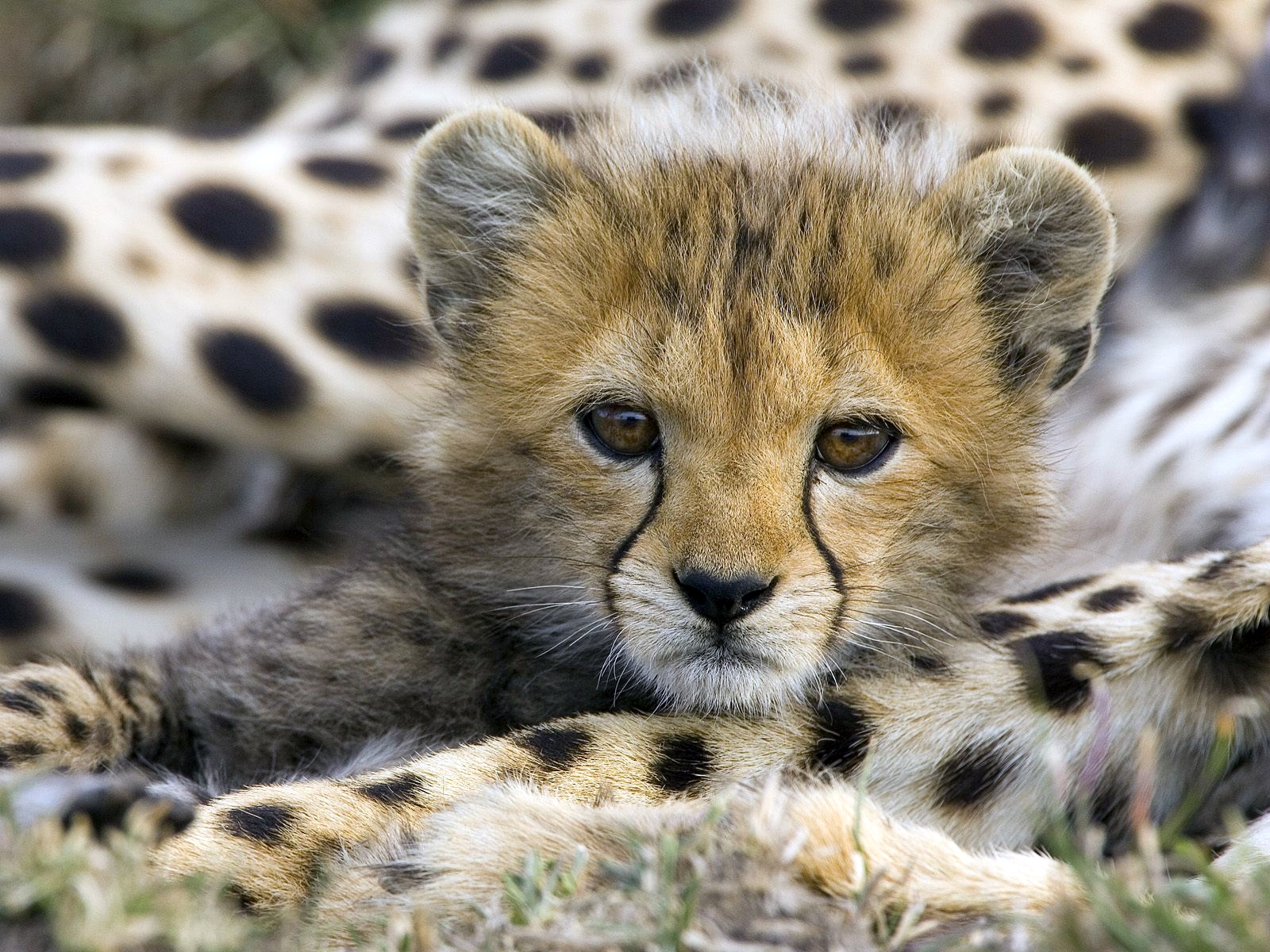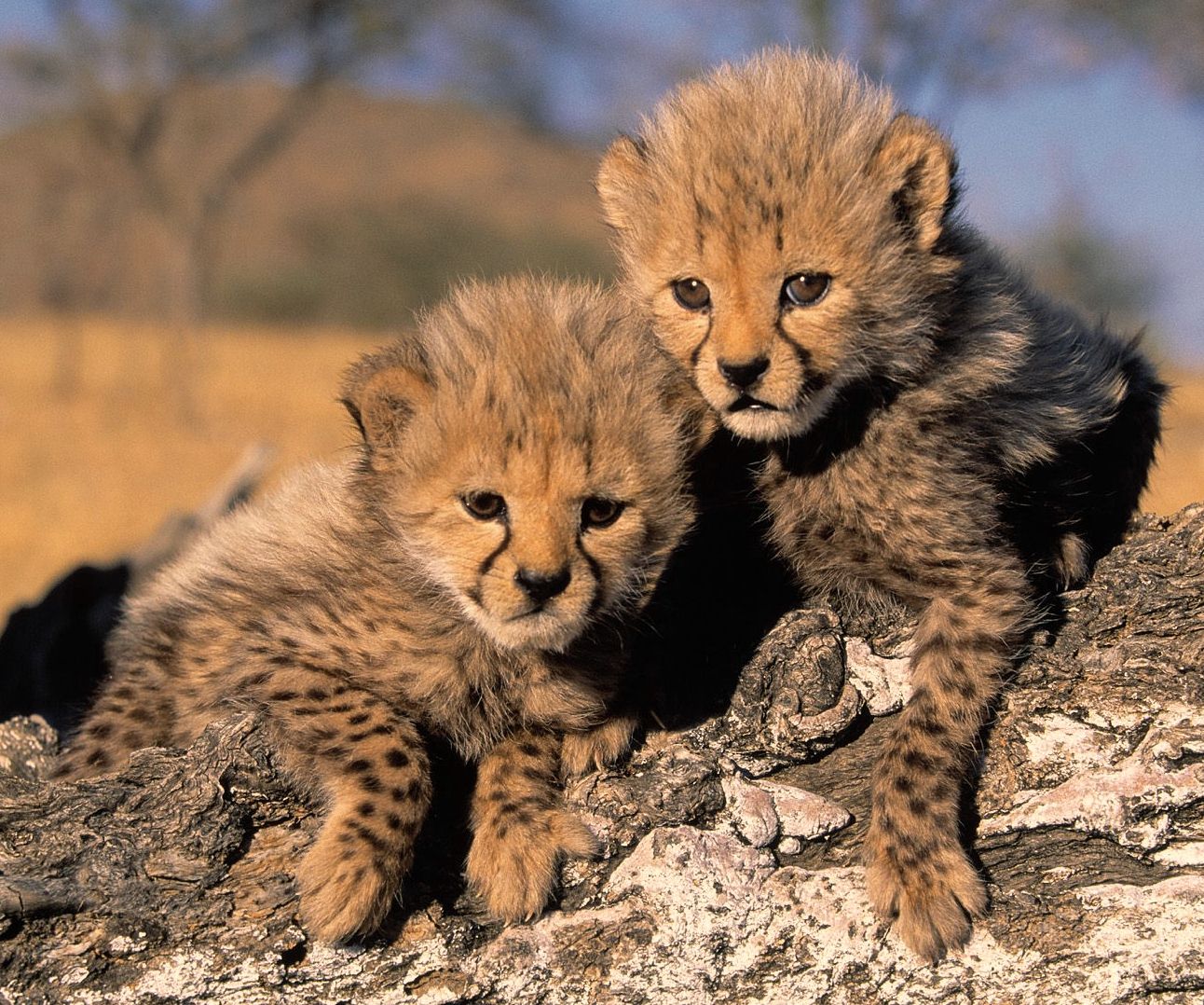Captivating Insights Into Baby Cheetahs: The Fastest Felines Of The Wild
**The baby cheetah, known for its remarkable speed and striking appearance, captivates the hearts of wildlife enthusiasts and animal lovers alike.** These adorable creatures, with their distinctive spots and playful demeanor, represent the early stages of one of nature's most agile predators. In this article, we will explore the fascinating world of baby cheetahs, delving into their behavior, habitat, diet, and the challenges they face in the wild.
Understanding baby cheetahs not only enhances our appreciation for wildlife but also highlights the importance of conservation efforts aimed at preserving their natural habitat. With their populations declining due to various threats, it is crucial to raise awareness about these magnificent animals. Join us as we embark on an enlightening journey into the life of baby cheetahs.
From their early development stages to their role in the ecosystem, this article aims to provide comprehensive insights into baby cheetahs. We will also discuss the efforts being made to ensure their survival and how you can contribute to their conservation. Let's dive into the captivating world of baby cheetahs!
Table of Contents
- Biography of the Cheetah
- Personal Data and Biodata
- Behavior of Baby Cheetahs
- Habitat of Baby Cheetahs
- Diet and Feeding Habits
- Challenges Faced by Baby Cheetahs
- Conservation Efforts
- Conclusion
Biography of the Cheetah
The cheetah (Acinonyx jubatus) is a large cat species native to the African savannas and parts of Iran. Known for its incredible speed, the cheetah can reach speeds of up to 75 miles per hour (120 kilometers per hour) in short bursts covering distances up to 1,500 feet (460 meters). This unique adaptation makes them the fastest land animal.
Physical Characteristics
Baby cheetahs are born with a thick, grayish coat that provides camouflage in the wild. As they grow, their fur develops the distinctive black spots that are characteristic of adult cheetahs. These spots help them blend into their surroundings, providing protection from predators.
Social Structure
Cheetahs are known for their unique social structure. Unlike other big cats, female cheetahs tend to be solitary, while males often form small groups called coalitions. This social behavior impacts the upbringing and survival of baby cheetahs.
Personal Data and Biodata
| Attribute | Details |
|---|---|
| Scientific Name | Acinonyx jubatus |
| Habitat | African savannas, grasslands, and open forests |
| Diet | Small to medium-sized ungulates, such as gazelles and impalas |
| Gestation Period | Approximately 90 to 95 days |
| Average Litter Size | Three to five cubs |
| Conservation Status | Vulnerable |
Behavior of Baby Cheetahs
Baby cheetahs exhibit a range of behaviors that are both intriguing and essential for their survival. Their playful nature is often seen as they engage in mock hunting and chasing games, which help them develop essential skills for future survival.
Playful Interactions
During their early months, baby cheetahs are highly social and engage in various playful interactions with their siblings. This play is crucial for developing coordination, agility, and social skills.
Learning to Hunt
As they grow older, baby cheetahs begin to learn hunting techniques from their mother. This includes stalking, chasing, and pouncing on prey. Their ability to learn these skills is vital for their survival in the wild.
Habitat of Baby Cheetahs
Baby cheetahs are primarily found in the grasslands and savannas of Africa, where they can thrive in their natural habitat. These open areas provide ample opportunities for hunting and allow them to utilize their exceptional speed.
Importance of Habitat
The habitat plays a crucial role in the survival of baby cheetahs. A healthy ecosystem with sufficient prey and cover is essential for their growth and development.
Threats to Habitat
Human activities, such as agriculture and urbanization, pose significant threats to the natural habitat of baby cheetahs. Deforestation and habitat fragmentation can lead to a decline in prey availability, making survival increasingly challenging.
Diet and Feeding Habits
The diet of baby cheetahs primarily consists of small to medium-sized ungulates. As they grow, they learn to hunt and capture their prey, which is essential for their development.
Feeding Techniques
Baby cheetahs rely on their mother for food during the first few months of life. Once they are old enough, they start accompanying her on hunts, learning the techniques required to catch prey effectively.
Prey Selection
- Gazelles
- Impalas
- Springboks
Challenges Faced by Baby Cheetahs
Despite their impressive abilities, baby cheetahs face numerous challenges in the wild. These challenges can significantly impact their survival rates.
Predation
One of the primary threats to baby cheetahs is predation by larger carnivores, such as lions and hyenas. Their small size makes them vulnerable to attacks, especially when they are left alone.
Human Impact
Human encroachment on their habitat, poaching, and the illegal wildlife trade pose significant risks to baby cheetahs. Conservation efforts are essential to mitigate these threats and ensure their survival.
Conservation Efforts
Conservation organizations are actively working to protect baby cheetahs and their habitats. These efforts include habitat preservation, anti-poaching initiatives, and community education programs.
Community Involvement
Engaging local communities in conservation efforts has proven effective in protecting baby cheetahs. By raising awareness about the importance of preserving wildlife, communities can play a vital role in ensuring the survival of these magnificent animals.
Success Stories
Several conservation projects have successfully increased the population of cheetahs in specific regions. These success stories highlight the importance of continued efforts to protect baby cheetahs and their habitats.
Conclusion
In conclusion, baby cheetahs are not just adorable creatures; they are vital members of the ecosystem that face numerous challenges. Understanding their behavior, habitat, and the threats they encounter is essential for their conservation. By supporting wildlife protection initiatives, we can contribute to the survival of these remarkable animals. We encourage you to share your thoughts in the comments below, spread awareness about cheetah conservation, and explore more articles on our site.
Penutup
Thank you for joining us in this exploration of baby cheetahs. We hope you found this article informative and engaging. Stay tuned for more captivating insights into the world of wildlife, and we look forward to welcoming you back to our site soon!
Exploring Knigga: The Rise Of A Cultural Phenomenon
Zamandi: The Cultural Significance And Modern-Day Relevance
Exploring The Life And Career Of Deirdre Lovejoy


